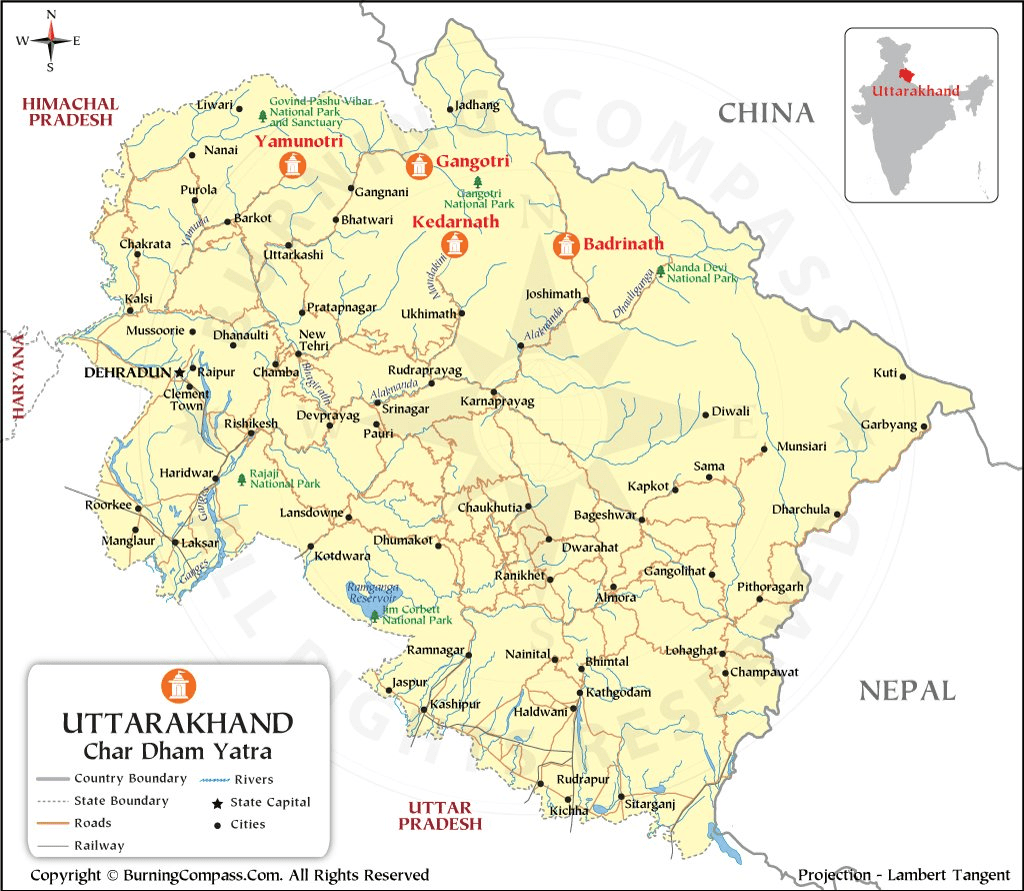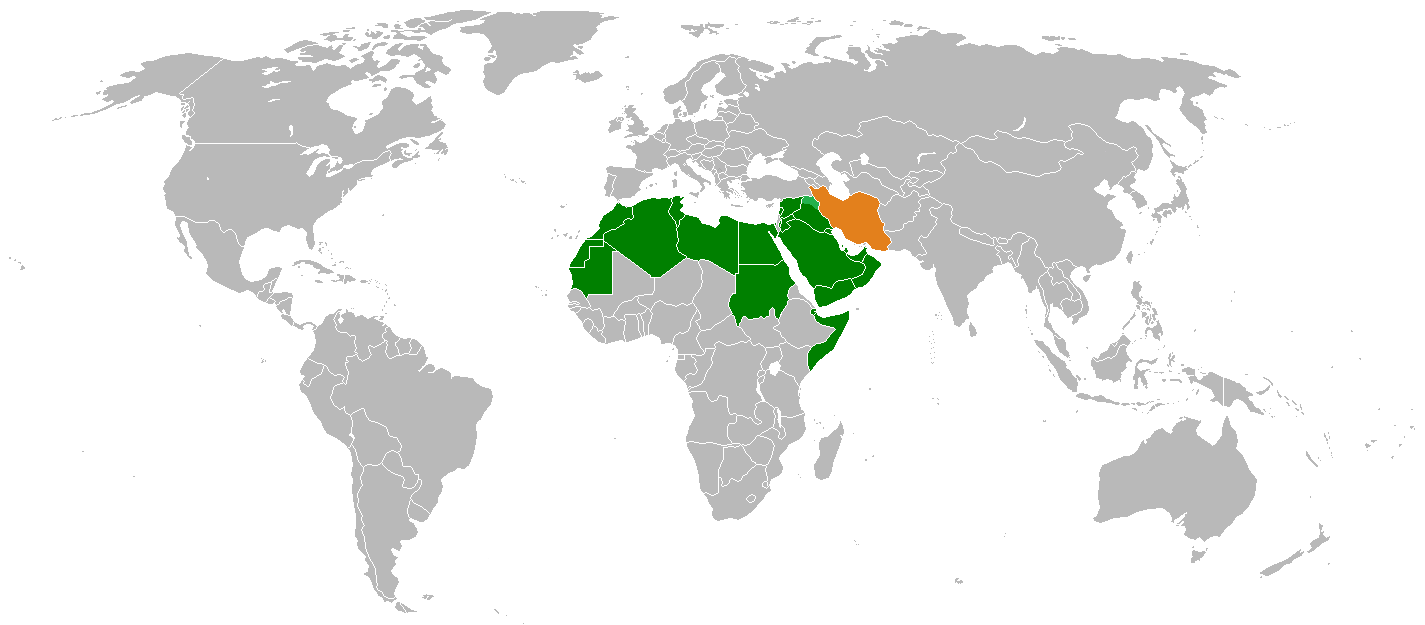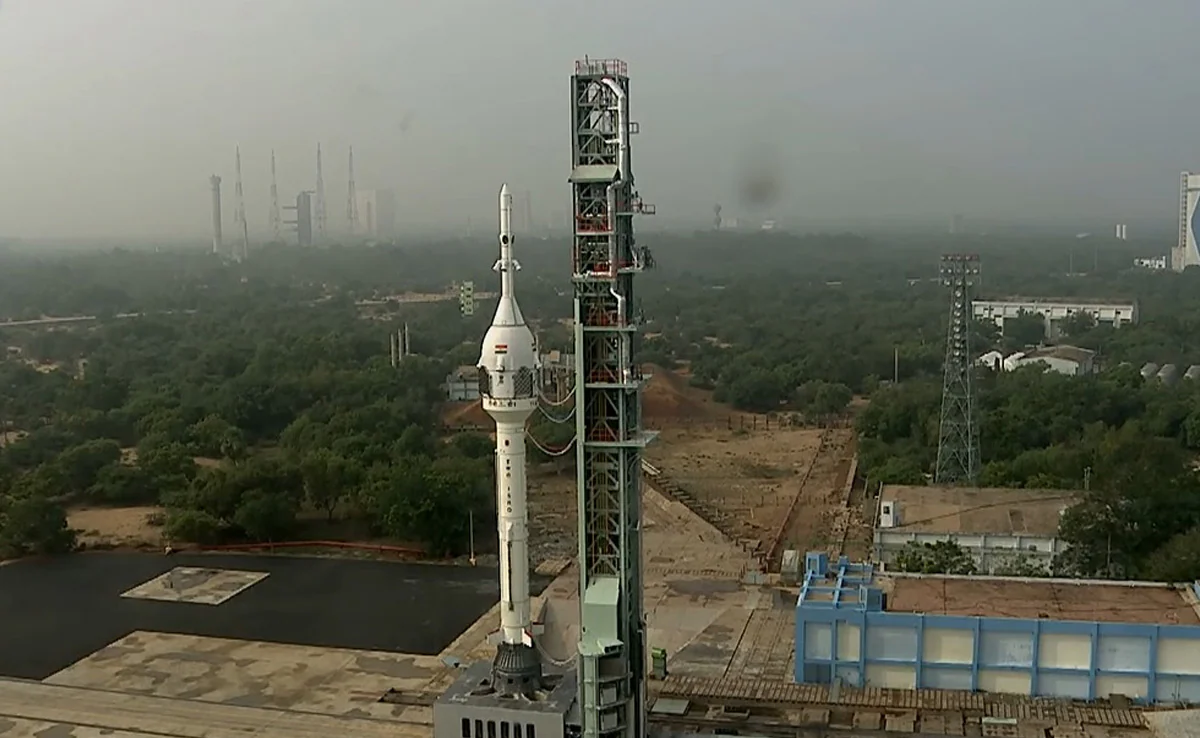- Courses
- GS Full Course 1 Year
- GS Full Course 2 Year
- GS Full Course 3 Year
- GS Full Course Till Selection
- Online Program
- GS Recorded Course
- NCERT (Recorded 500+ Hours)
- Polity Recorded Course
- Geography Recorded Course
- Economy Recorded Course
- AMAC Recorded Course
- Modern India, Post Independence & World History
- Environment Recoded Course
- Governance Recoded Course
- Science & Tech. Recoded Course
- International Relations and Internal Security Recorded Course
- Disaster Management Module Course
- Ethics Recoded Course
- Essay Recoded Course
- Current Affairs Recoded Course
- CSAT
- 5 LAYERED ARJUNA Mentorship
- Public Administration Optional
- ABOUT US
- OUR TOPPERS
- TEST SERIES
- FREE STUDY MATERIAL
- VIDEOS
- CONTACT US
Winter Char Dham Circuit in Uttarakhand
Winter Char Dham Circuit in Uttarakhand

- In December 2024, the Uttarakhand state government inaugurated the Winter Char Dham Circuit, with the aim of attracting tourists to the region during the off-season winter months.
- This initiative is designed to provide an alternative to the peak-season pilgrimage and boost tourism in Uttarakhand during the winter.
Char Dham in Uttarakhand
The Char Dham refers to four sacred Hindu shrines located in the Garhwal Himalayas in Uttarakhand. These shrines hold great religious significance and attract millions of pilgrims each year.
- Gangotri: Shrine of Goddess Ganga (located in Uttarkashi)
- Yamunotri: Shrine of Goddess Yamuna (located in Uttarkashi)
- Kedarnath: Shrine of Lord Shiva (located in Rudraprayag)
- Badrinath: Shrine of Lord Vishnu (located in Chamoli)
Each year, from May to November, lakhs of pilgrims visit these shrines, accounting for about 8.4% of Uttarakhand’s annual domestic tourist footfall.

Winter Char Dham Circuit
During the winter months, heavy snowfall renders the Char Dham shrines inaccessible, and their gates are closed. To ensure that the pilgrimage continues during this period, the presiding deities of these temples are moved to lower-altitude shrines, known as their winter seats.
- Gangotri: Moved to Mukhba in Uttarkashi
- Yamunotri: Moved to Kharsali in Uttarkashi
- Kedarnath: Moved to Omkareshwar Temple in Ukhimath, Rudraprayag
- Badrinath: Moved to Pandukeshwar in Chamoli
This Winter Char Dham Circuit aims to draw pilgrims to these winter seats of the shrines, promoting religious tourism and increasing tourist footfall to Uttarakhand during the off-season months.
Concerns and Challenges
The Winter Char Dham Circuit, while beneficial for tourism, raises several concerns:
- Overcrowding
- Commercialization of Sacred Sites
- Strain on Local Infrastructure
- Environmental Impact
- Safety, Security, and Health Risks
- Wildlife Disturbance:
Recommendations
The National Green Tribunal has recommended that the Uttarakhand state government assess the carrying capacity of the Char Dham shrines and their surrounding areas. This assessment is crucial to maintaining a delicate balance between the infrastructure development needed for tourism and the environmental considerations necessary to preserve the region's natural and cultural heritage.
|
Also Read |
|
| Public Administration Optional | |
| UPSC Monthly Magazine | Question Answer Practice For UPSC |




